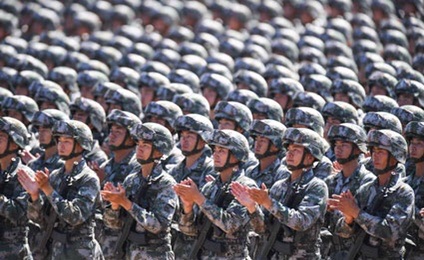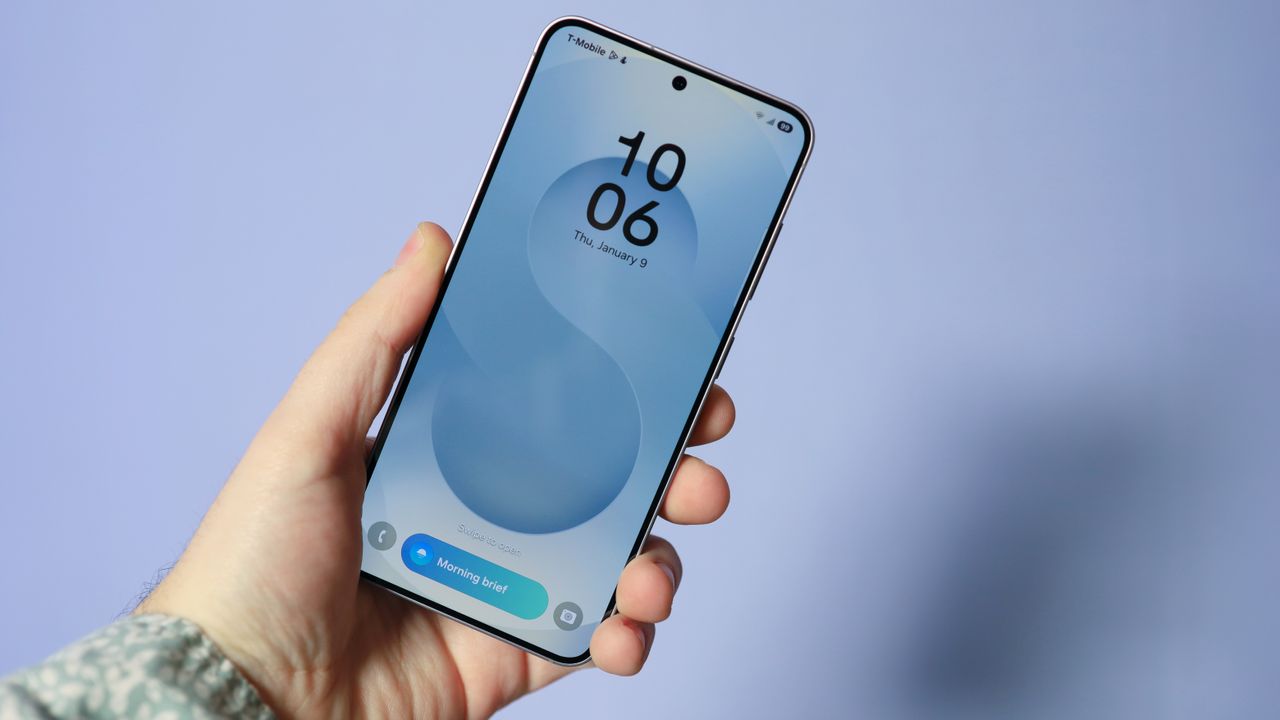
During China’s National Day Parade in Beijing, several service members wore something new and somewhat unusual on their uniforms. I say unusual only because this isn’t something that we haven’t seen before. And what is that, you ask? Quick Response codes, or as you also know them – QR codes. The first question that comes to mind, of course, is why? Why do members of the Chinese military need to wear QR codes? The answer isn’t clear but could be related to the fact that it’s the services’ 70th anniversary.
U.S. service members do not use QR codes on their uniforms but do have Velcro tabs to affix markings, including the U.S. flag and service branch. This is primarily for identification purposes. The names, rank and other distinct markings were displayed next to the QR codes.
While the use of the code might seem odd, QR codes have been pervasive in China with the advent of third-party payment apps like Alipay, and other social media apps like WeChat. Chinese shoppers have increasingly opted to purchase goods from retail stores and even street vendors with their cell phones to scan QR codes, rather than using a physical card or cash. Think Apple Pay, but with QR codes. Which, in my opinion, is a very convenient way to make payments.
This way of making payments is huge in China with over a billion users on each platform. In fact, this payment system has replaced cards and cash at registers almost completely. It is even being used by people asking for money on the street. (How that’s possible, is something to think about.)
So when it comes to this kind of technology, the Chinese are early adopters. But why they’re using it on their service personnel is a totally different matter. Is this a way to surveil and even monitor their citizens? I often make jokes about Big Brother, but this seems more intense. In fact, China is hyperfocused on surveilling and identifying its 1.4 billion citizens and it continues to ramp up. The Global Times, one of China’s state-sponsored publications, claims that facial recognition systems have an accuracy rate of 99.8% and can identify people in seconds. The system has become commonplace in certain pockets of the country, sparking privacy and human rights concerns.
With all that in mind, QR codes certainly aren’t “new” technology. They’ve been around for a long time, which makes this even more interesting and “weird”. I say this because China has started to move towards facial recognition to make payments, so a QR code seems antiquated. While I’m not sure that I’m on board with facial recognition technology, I am in favor of it from a convenience perspective. Especially for people who aren’t very tech-savvy.
We definitely don’t know why service personnel’s uniforms were adorned with QR codes. But it is telling me that something is up. The reasons for the codes could be something simple and harmless, but the fact that we don’t know, makes it seem that much more suspicious. I’m very interested to see if this emerges again, and what the rationale is for their use.



